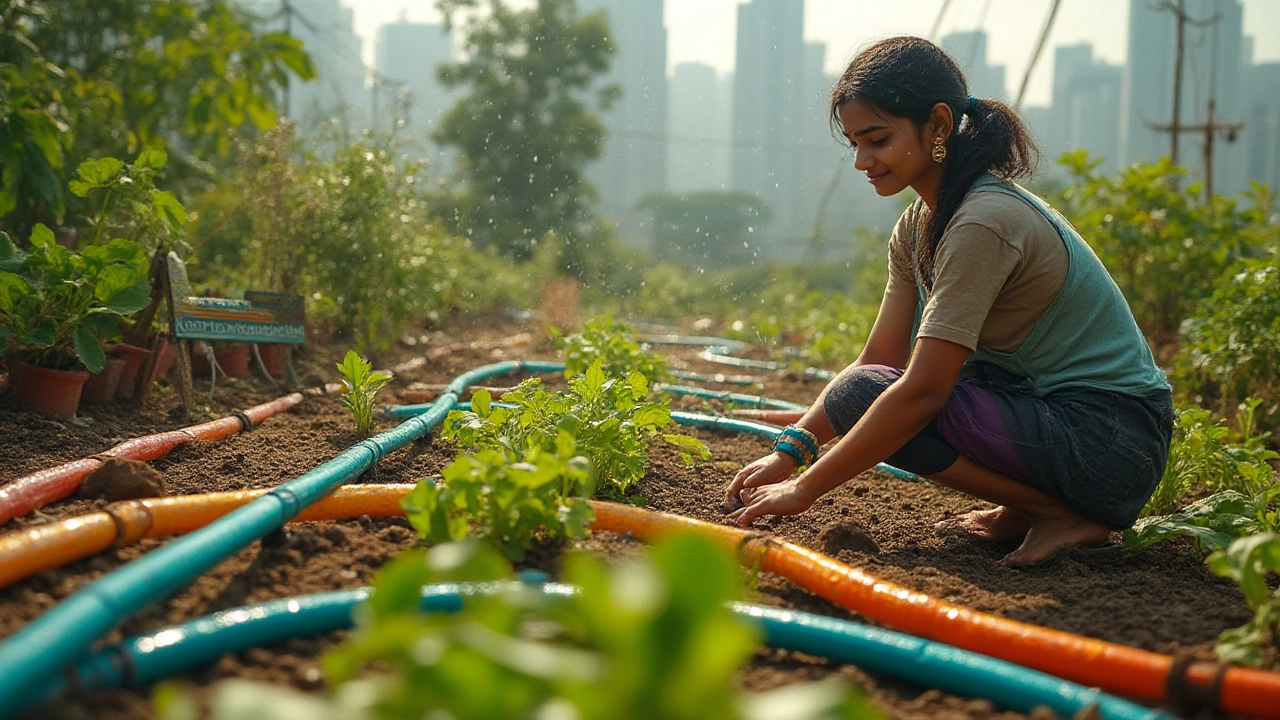Surface Drip Irrigation – Your Easy Way to Save Water
Ever wondered why some gardens stay green while others look thirsty? The secret is often how the water reaches the roots. Surface drip puts water right where plants need it, without digging trenches or over‑watering. It’s cheap, simple, and perfect for Indian climates where water can be scarce.
What is Surface Drip and Why It Matters
Surface drip is a low‑pressure system that lays a thin tube on the soil surface, releasing small droplets through emitters. Unlike sprinklers that spray water everywhere, surface drip delivers water directly to the root zone. This cuts evaporation, reduces weed growth, and keeps the soil structure intact – all big wins for a healthy garden.
How to Install a Surface Drip System in Your Garden
Start by drawing a rough map of your planting beds. Mark where each row of plants sits and note the spacing. Choose a drip tube with a diameter that fits a standard backpack sprayer or a low‑pressure pump. Cut the tube to length, then punch holes with a hole‑punch tool or drill a small “D‑shape” hole for each plant.
Next, attach emitters or micro‑sprinklers to the holes. In hot Indian summers, a 2‑4 ml per hour emitter works well for most veggies and herbs. Connect the tube to a water source – a tap, rain barrel, or a small pump. Use a pressure regulator if the tap pressure exceeds 30 psi; too much pressure can blow off the emitters.
Lay the tube on the soil surface, following your map. Keep it snug against the ground and cover it lightly with a layer of mulch, straw, or even fine gravel. The mulch protects the tube from UV damage, hides it from view, and adds extra moisture retention.
Turn the water on for a short test run. Watch the droplets – they should form a steady, gentle spray that lands close to each plant’s base. Adjust the flow by tightening or loosening the emitter screws if needed. Once you’re happy, set a timer for early morning or late evening to further reduce evaporation.
Maintenance is a breeze. Check the tube once a week for clogs or kinks, especially after heavy rains that can wash dirt onto the emitters. A quick flush with a high‑pressure hose clears most blockages. Replace any cracked sections immediately to avoid leaks.
Surface drip works best for row crops, raised beds, and container gardens. It’s also great for orchards where you can run a single line along the tree row and add drip lines for each tree’s drip line zone. For large lawns, consider a hybrid setup – surface drip for flower beds and a sprinkler for the grass.
Cost‑wise, a basic surface drip kit for a 100 m² garden runs under ₹2,000 in India. That’s a fraction of the expense for buried drip or automated sprinkler systems. Plus, you’ll see water savings of up to 50 % compared to traditional watering methods.
Bottom line: surface drip gives you precise control, saves water, and keeps your garden thriving with minimal effort. Give it a try this season and watch the difference in plant health and your water bill.
Main Types of Drip Irrigation: Surface vs. Subsurface Explained for Gardeners
Discover the key differences between surface and subsurface drip irrigation, with practical tips, real-life examples, and useful data for modern gardeners.
About
Drip Irrigation
Latest Posts
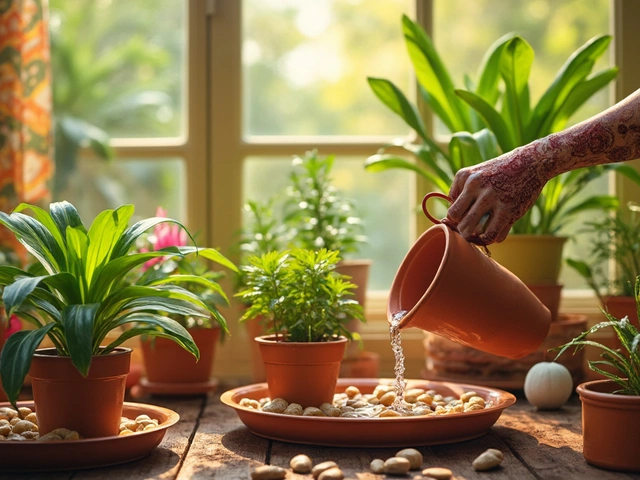
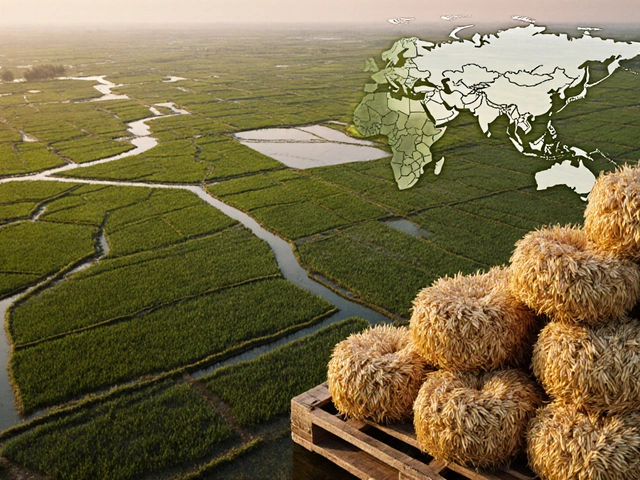
5 Surprising Rice Facts You Should Know
By Alden Thorne Oct 25, 2025
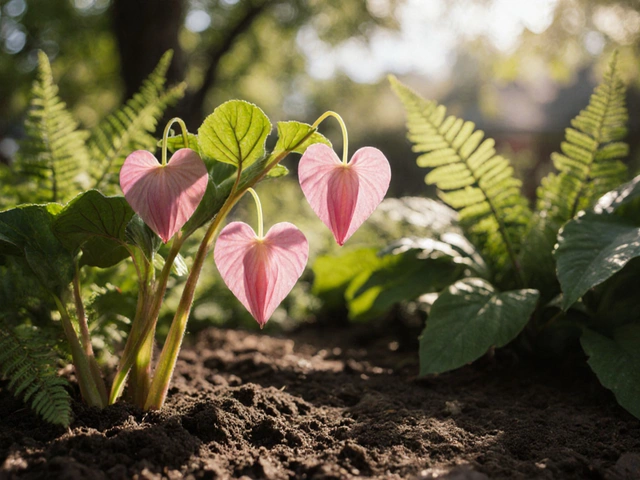
Do Bleeding Hearts Like Sun or Shade? The Right Light for Kitchen Garden Success
By Alden Thorne Nov 20, 2025
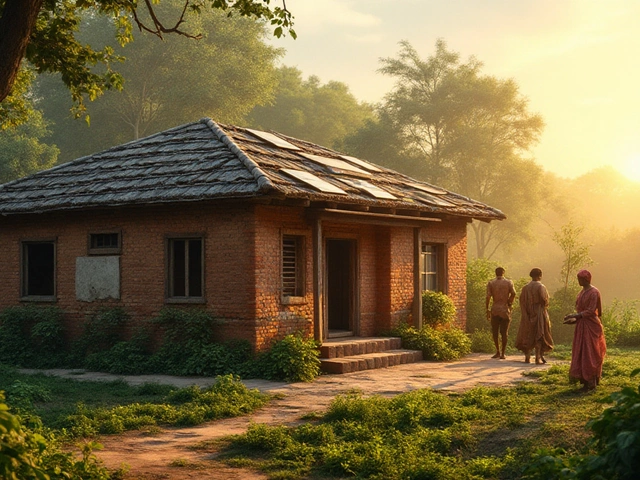
Affordable Strategies for Building an Eco-Friendly Home
By Alden Thorne Jan 31, 2025

